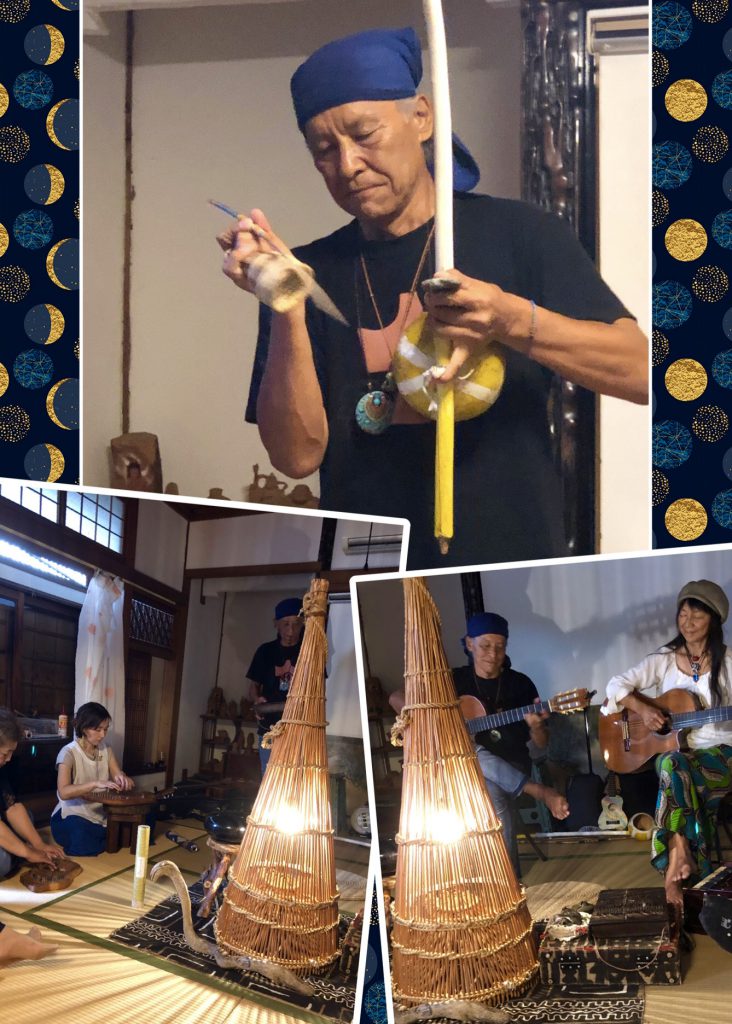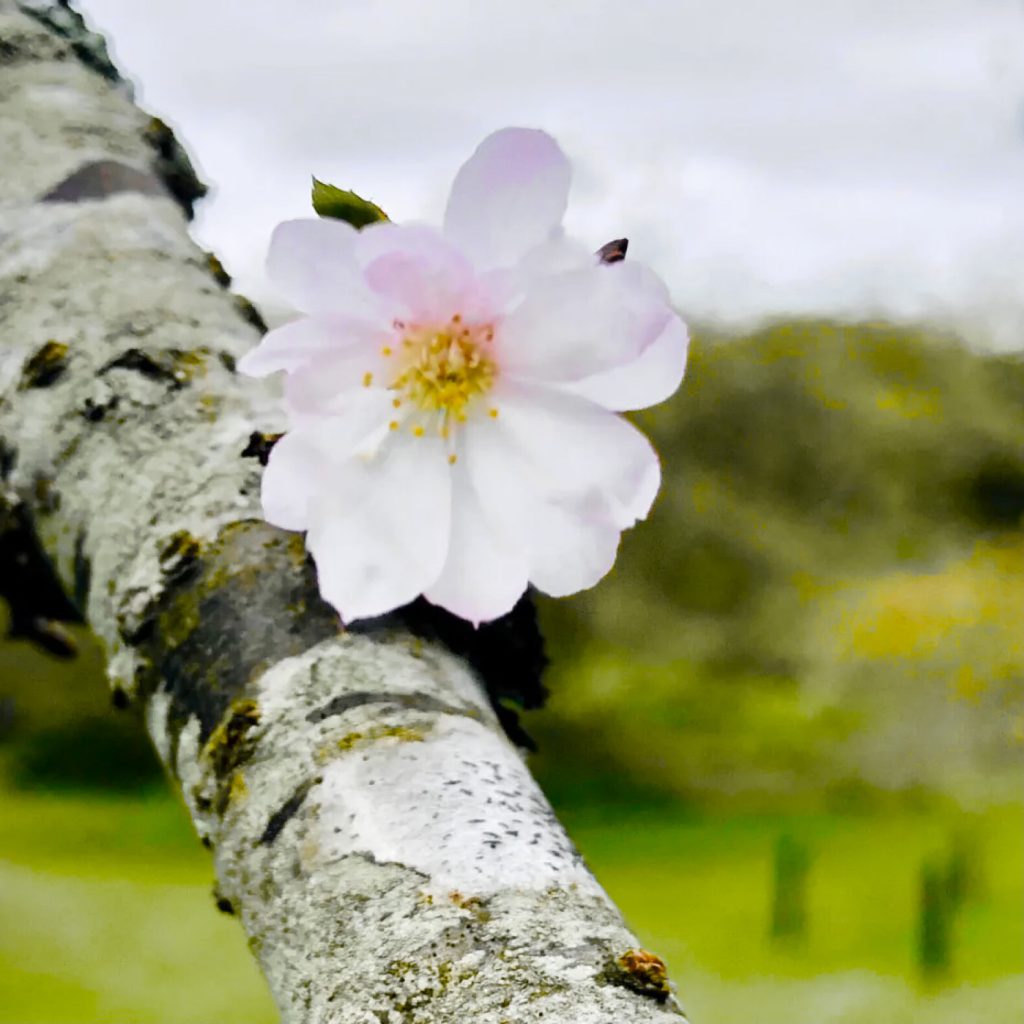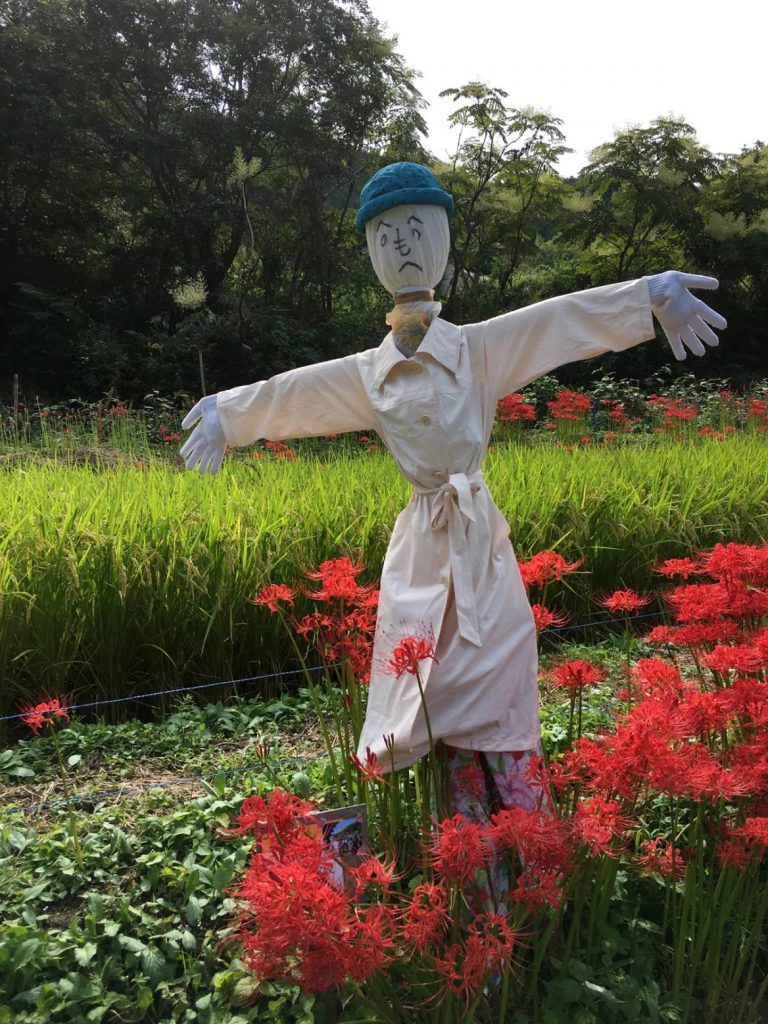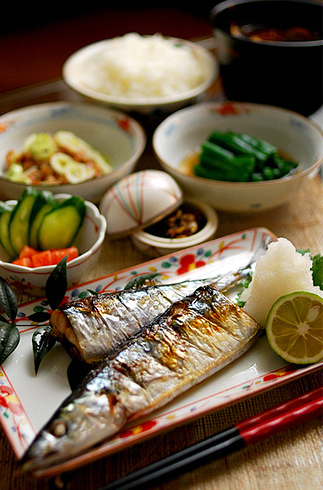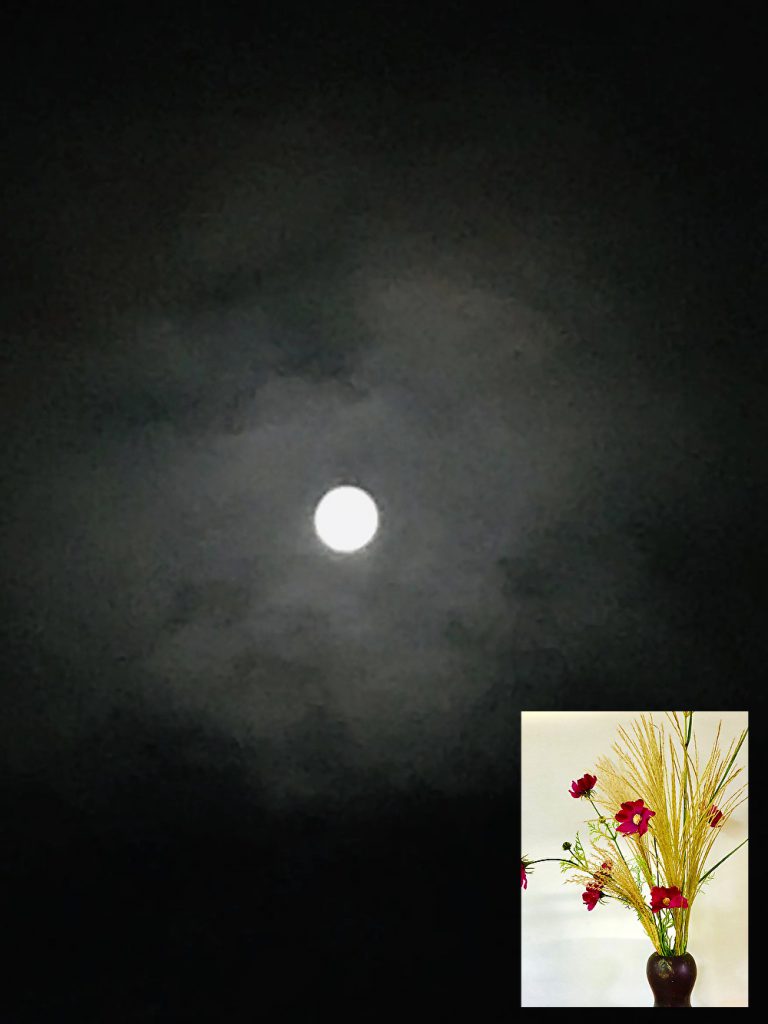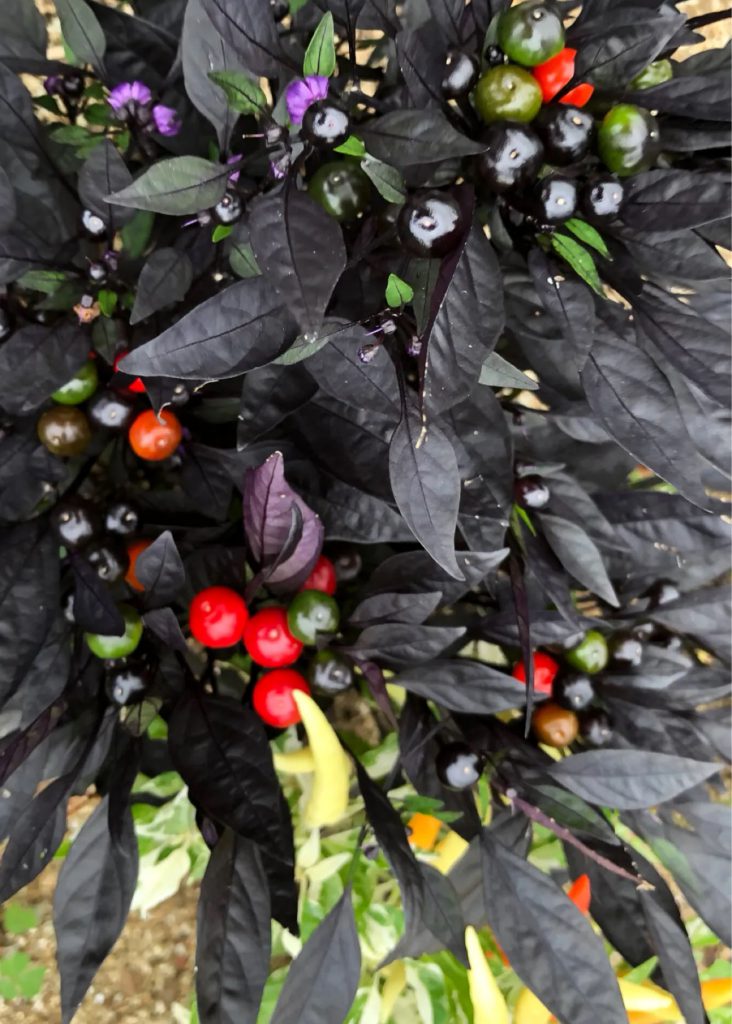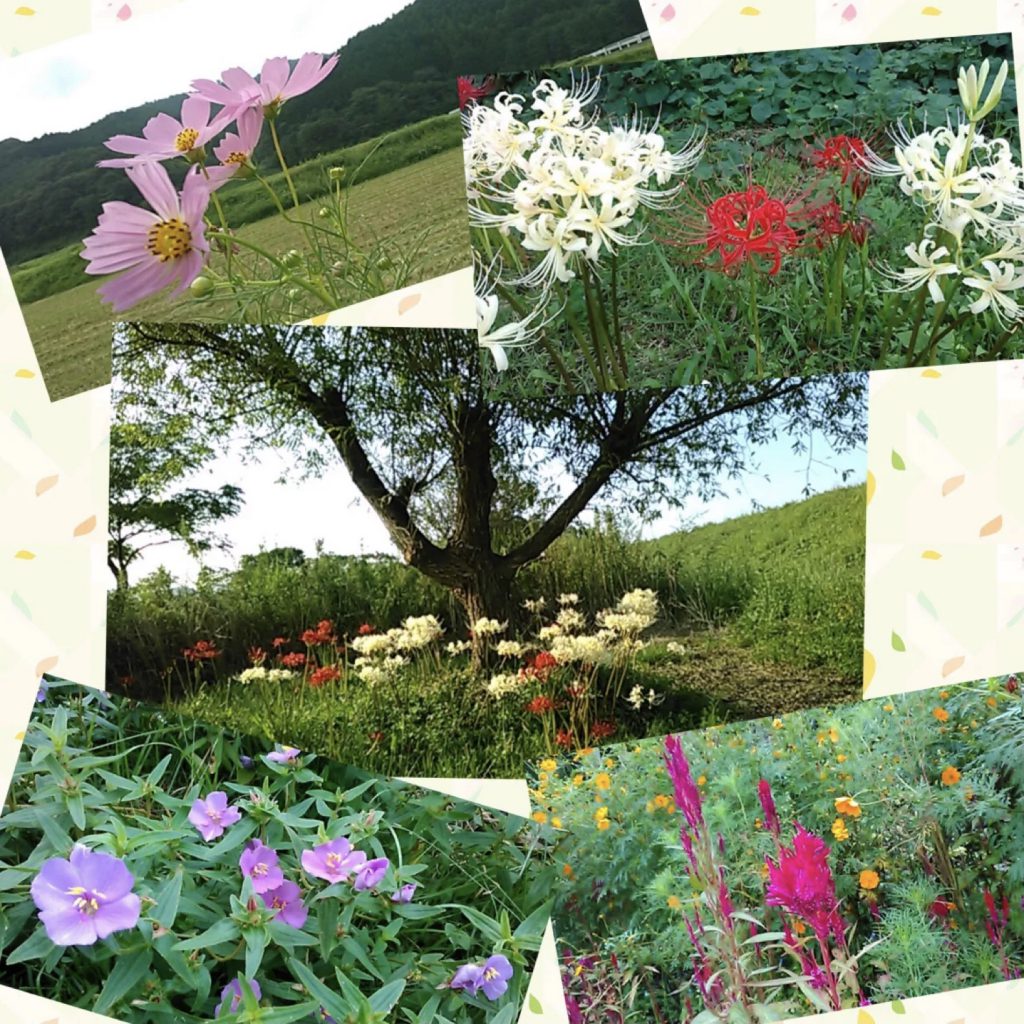
This year, until the end of August, the maximum temperature was 30 degrees Celsius or higher, which was a midsummer day, but after September, it was cool not only in the morning and evening but also in the daytime. Even if it got cooler in September, there was a year when the heat returned immediately, but this year it seems that it has changed smoothly to autumn. Plants such as cluster amaryllis, cosmos, and osmanthus fragrans, which represent autumn, also sensed such changes in climate and seemed to begin to bloom earlier than usual. It seems that the autumn leaves of the trees will be accelerated by this amount.
今年は、8月の終わりまでは最高気温が30℃以上の真夏日となる日が続きましたが、9月に入ってからは朝晩だけでなく昼間も涼しさを感じる日が続きました。9月に入っていっとき涼しくなっても、直ぐに暑さがぶり返す年もありましたが、今年はすんなりと秋に変わって行ったようです。秋を代表する彼岸花やコスモスそして金木犀など植物もそうした気候の変化を感じ取り、例年よりも早いタイミングで咲き始めたようです。この分では木々の紅葉も早まりそうです。



